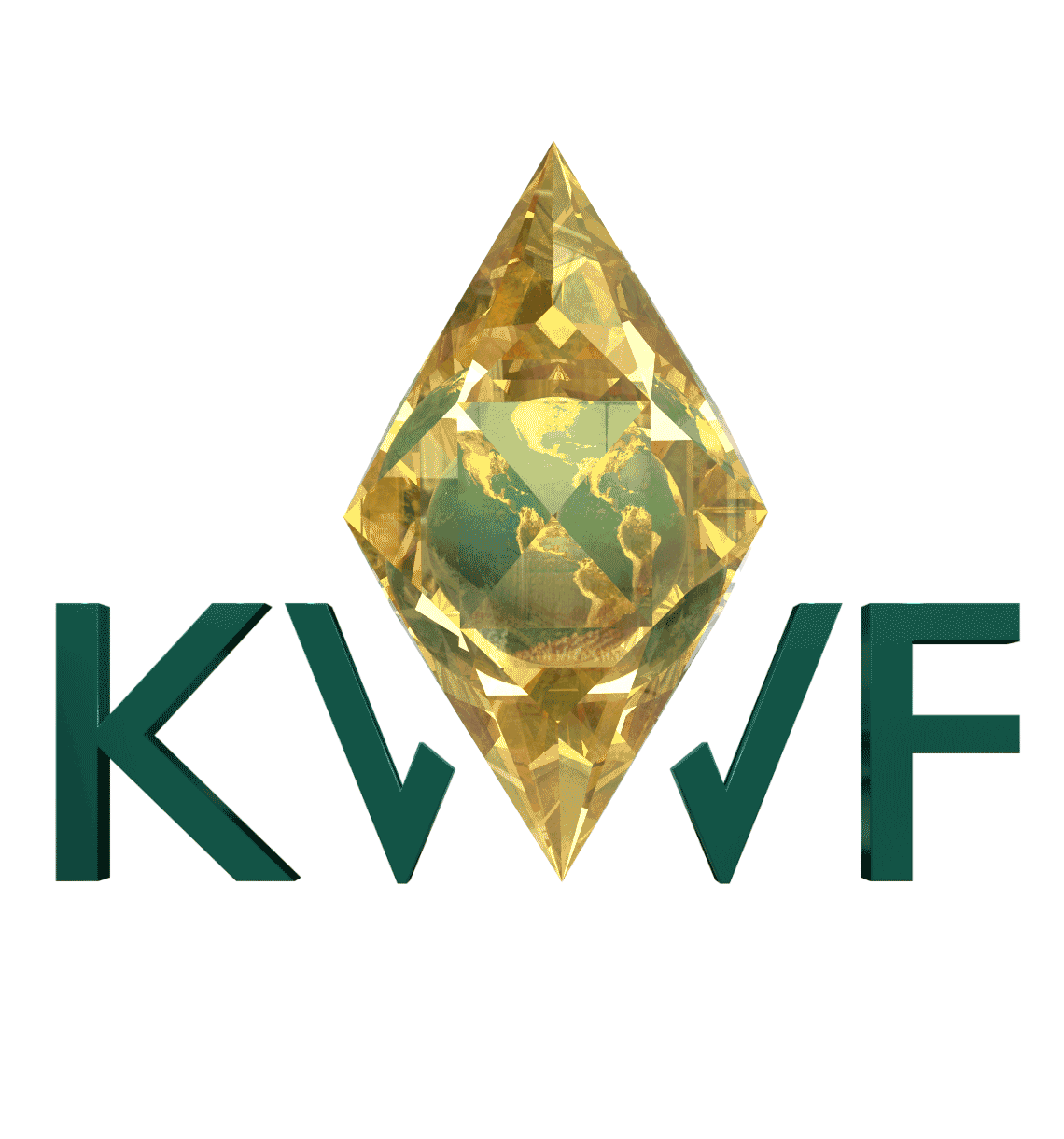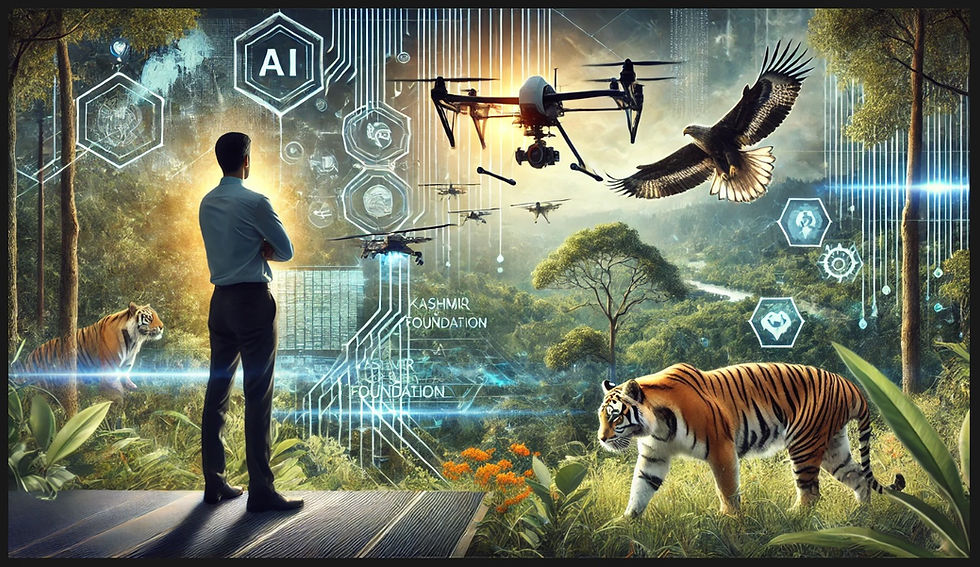Automation and Efficacy: Progress for the App Development Team
- Kashmir World Foundation

- Oct 5, 2022
- 3 min read
Updated: Mar 18, 2023
Written by: Abimalek Mekuriya
Edited by: Yunling Ying
October 5th, 2022
Imagine yourself as a scientific researcher in the Himalayas tasked with managing a number of cameras used to capture wildlife in the local ecosystem. Your responsibilities include setting up, servicing, and keeping track of many camera traps in remote locations. These responsibilities alone are strenuously difficult, but now add on the burden of manually collecting data from the traps, including long strings of numbers representing latitude and longitude coordinates. This tedious and error prone process is exactly what Kashmir World Foundation’s (KwF) partners around the world face on a daily basis. Interns at the KwF have been working on improving the lives of these researchers by simplifying the collection method of data. The App development team specifically has been working on creating less fallible methods of data collection and automating as much of the process as possible.
Why an app? Apps are an efficient way to automate many processes in a centralized place. Need to remember your to-do list? Download a to-do app. Need to translate languages? Download Google Translate. Phones and computers have advanced to incredible levels throughout the last 30 years evolving to fill many niches in our day-to-day lives. But why haven’t these advancements been applied to data collection for research biologists? If phones can translate between entire languages then something like the form below could be easily digitized.

In order to computerize the data collection process, the App Development Team plans to use GPS data to collect longitude and latitude information on camera traps. They aim to automate the collection of station-ids. Despite the lack of internet access for researchers in the field, GPS enables them to access location coordinates at all times. Once the data has been collected and the researchers have had the opportunity to leave their comments on the camera station, the App Development Team uploads all the information to the KwF database. This data can later be accessed and used by researchers through the desktop system accompanying the mobile app.
Researchers are typically constrained to specific sample regions to conduct their studies in. They often find themselves setting up camera stations slightly outside of their area of study. The app development team plans on reducing this margin of error by establishing a geological border in the app using GPS and automatically notifying researchers once they’ve exited the predetermined area of study. Researchers often find themselves having to discard outfield camera stations and the data they collect from them. When this happens for several camera stations, entire studies have to be discarded. Tracking a geological perimeter allows researchers to spend less time on misplaced traps and more time collecting valid data.
UI
Over the span of two weeks, the app development team designed an app with all the priority primary features included. They ended up with the UI interfaces below.


Difficulties
Legacy Code and Internet Access
The app development process hasn’t been easy. The team started off with a legacy codebase built by different groups of people over many years. The state of the code required reorganization before any additional app development could begin. During this period, developers learned that the researcher’s devices would have no access to the internet while they are in the field due to the remote nature of the Himalayas. They had to create a codebase to accommodate this challenge.
IOS Compatibility
Another hurdle the App Development team encountered over the summer is the limited usability of the app due to its development on the platform: Android Studios. To remedy this, the team has been debating a possible restart using Flutter, an app development framework created by Google. Flutter has the ability to develop both android and iOS apps with the same code, increasing the number of devices compatible with the interface.
The Mobile App’s Future
The future of the app depends on whether there will be a change in the programming software. Figure 3 below lists some pros and cons of both Flutter and Android Studios. Either way, KWF’s App Development Team has the capability to take on any challenge that comes their way. Although there is not yet a set release date, the current goal is to finish app development by early 2023.
If you would like to join the App Development Team, consider applying to KwF’s internship program. The KwF values the input of young people and provides real-world work experiences for students with developing interests in many different fields. Internship inquiries and questions can be directed to info@kashmirworldfoundation.org.
If you would like to learn more about the big picture impact of the mobile app, and the other components that work with it, more information can be found in the following article: https://www.kashmirworldfoundation.org/post/project-trinity-tracking-the-himalaya-s-elusive-apex-predator.
Figure 3.
Flutter:
Positive: | Negative: |
Pre Existing UI Components | Dart Programming Language |
Exports to IOS and Android | Different App design than android native |
Dart is similar to Java | |
Enables a fresh restart | |
Android Studios:
Positive: | Negative: |
Existing Code Base | Difficult to design complex apps in |
Uses Java | Limited to android |
Team has adapted to it | Current legacy code is difficult to use |





Comments